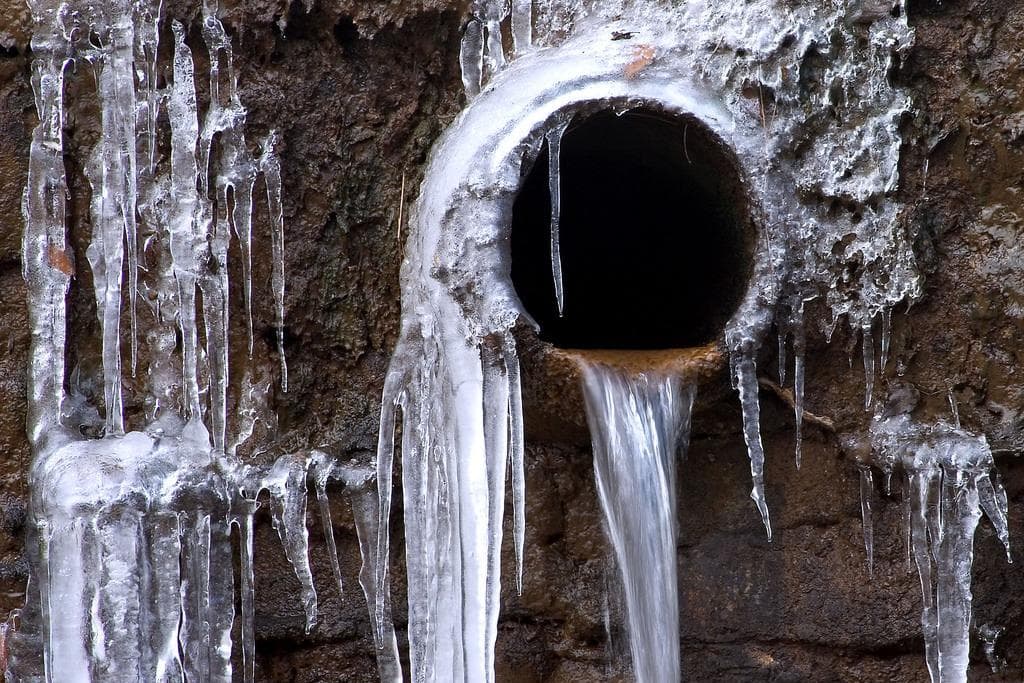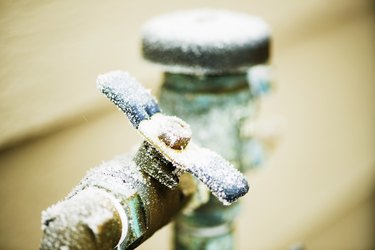Avoiding Pipes from Freezing: Top Tips
Avoiding Pipes from Freezing: Top Tips
Blog Article
Nearly everybody has their personal rationale when it comes to Prevent Frozen Pipes .

Cold weather can wreak havoc on your pipes, specifically by freezing pipelines. Right here's how to stop it from taking place and what to do if it does.
Introduction
As temperatures decline, the danger of frozen pipelines boosts, potentially bring about expensive repair work and water damages. Comprehending how to stop frozen pipelines is essential for home owners in chilly environments.
Avoidance Tips
Insulating susceptible pipes
Wrap pipelines in insulation sleeves or make use of warmth tape to shield them from freezing temperature levels. Concentrate on pipelines in unheated or outside areas of the home.
Home heating techniques
Maintain indoor rooms adequately warmed, specifically locations with plumbing. Open cabinet doors to permit warm air to distribute around pipelines under sinks.
Exactly how to determine frozen pipelines
Seek reduced water circulation from taps, unusual odors or sounds from pipelines, and visible frost on subjected pipelines.
Long-Term Solutions
Architectural adjustments
Think about rerouting pipes far from outside wall surfaces or unheated locations. Include added insulation to attics, basements, and crawl spaces.
Upgrading insulation
Invest in premium insulation for pipelines, attics, and walls. Appropriate insulation helps maintain consistent temperatures and reduces the threat of icy pipelines.
Securing Outside Plumbing
Yard pipes and outside faucets
Separate and drain pipes garden hoses prior to wintertime. Mount frost-proof faucets or cover outdoor faucets with protected caps.
Recognizing Icy Pipelines
What creates pipes to freeze?
Pipes freeze when exposed to temperatures below 32 ° F (0 ° C) for prolonged periods. As water inside the pipes freezes, it expands, putting pressure on the pipe walls and potentially creating them to break.
Dangers and problems
Icy pipes can lead to water system interruptions, residential or commercial property damage, and pricey fixings. Ruptured pipes can flood homes and cause comprehensive structural damages.
Indications of Frozen Piping
Identifying icy pipelines early can stop them from breaking.
What to Do If Your Pipelines Freeze
Immediate activities to take
If you believe icy pipes, keep faucets open up to relieve stress as the ice thaws. Utilize a hairdryer or towels soaked in warm water to thaw pipelines slowly.
Conclusion
Protecting against icy pipes calls for positive steps and fast actions. By comprehending the reasons, indications, and preventive measures, house owners can safeguard their pipes during winter.
5 Ways to Prevent Frozen Pipes
Drain Outdoor Faucets and Disconnect Hoses
First, close the shut-off valve that controls the flow of water in the pipe to your outdoor faucet. Then, head outside to disconnect and drain your hose and open the outdoor faucet to allow the water to completely drain out of the line. Turn off the faucet when done. Finally, head back to the shut-off valve and drain the remaining water inside the pipe into a bucket or container. Additionally, if you have a home irrigation system, you should consider hiring an expert to clear the system of water each year.
Insulate Pipes
One of the best and most cost-effective methods for preventing frozen water pipes is to wrap your pipes with insulation. This is especially important for areas in your home that aren’t exposed to heat, such as an attic. We suggest using foam sleeves, which can typically be found at your local hardware store.
Keep Heat Running at 65
Your pipes are located inside your walls, and the temperature there is much colder than the rest of the house. To prevent your pipes from freezing, The Insurance Information Institute suggests that you keep your home heated to at least 65 degrees, even when traveling. You may want to invest in smart devices that can keep an eye on the temperature in your home while you’re away.
Leave Water Dripping
Moving water — even a small trickle — can prevent ice from forming inside your pipes. When freezing temps are imminent, start a drip of water from all faucets that serve exposed pipes. Leaving a few faucets running will also help relieve pressure inside the pipes and help prevent a rupture if the water inside freezes.
Open Cupboard Doors
Warm your kitchen and bathroom pipes by opening cupboards and vanities. You should also leave your interior doors ajar to help warm air circulate evenly throughout your home.

I was shown that write-up on Prevent Frozen Pipes from someone on another web address. Don't hesitate to take a moment to share this blog entry if you enjoyed reading it. I value reading our article about Preventing and dealing with frozen pipes.
Further Details Report this page